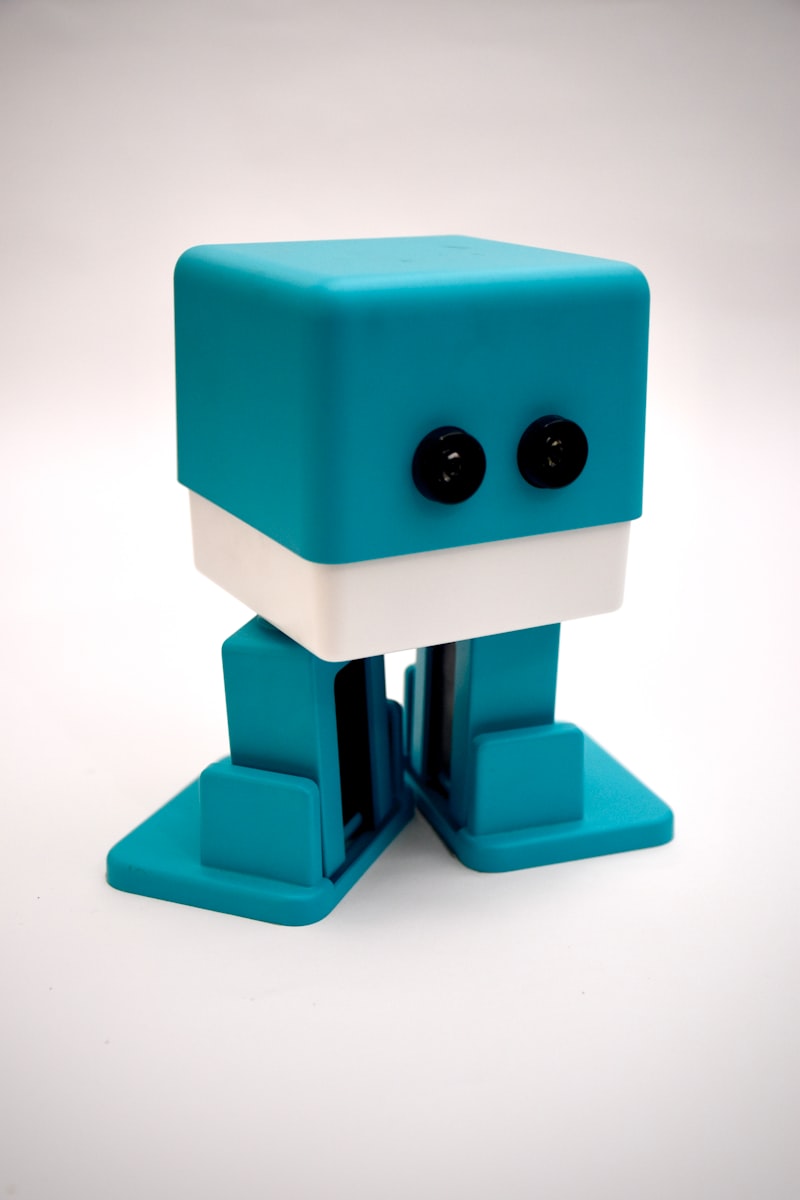Human-centered design is about more than just the digital interface. It's about creating coherent and seamless experiences, no matter what channel or device your customer uses to communicate with you. Your customer's experience will be shaped by their interaction with other people, their emotional and physical state, their goals and needs, their environment, and their relationship to technology. These factors must be taken into account to create a genuinely human-centered connected experience. As you work through the design process, it is important to consider your customer's POV throughout every step of the design journey.
People don't want to use your app; they want to do things with your app.
People don't want to use your app.
They don't care about your app. They have things to do, and they simply want to get those things done with the help of a digital tool that you've built for them. You can design a stunning UI and UX, but if the app just doesn't help people get things done, it will not be successful.
People want to feel productive.
Productivity is an integral part of why people love apps like Slack, Trello, Airtable, and Evernote so much. These apps are helpful tools that make us more productive at work or school—and as a result, we feel more accomplished during our days because we're getting more stuff done with these tools than we did before they existed.
People also want to be entertained and/or feel like they're learning something from your app.
Think about some of the most popular apps in the world: Pokémon Go, Candy Crush Saga, Angry Birds. These aren't productivity-boosting apps like Slack or Evernote; they're pure entertainment experiences.
A great design makes people feel good about themselves when they use it.
A great design is one that makes people feel good about themselves when they use it. This isn't to say that the experience makes the users look, or feel, like a superhero or even brighter than they are. Instead, it's a matter of empowering users by making them feel like they are getting something done through their interactions with the system. When the user feels like he is on the right track and in control of his actions, he leaves with a sense of satisfaction and accomplishment that gets him coming back for more.
It isn't enough that users can find their way around - they should enjoy doing it.
You might think your work is done once you’ve created a working model of your product, but in fact you’re only halfway there. The next step is to take that prototype and make it delightful. Why? Because the product needs to be worth using. To do this, get a clean sheet of paper and sketch out the intended user experience. Then go out and test it with all kinds of people until you have something that makes them smile. If you can’t achieve this, the design isn’t good enough, so keep iterating until you find something that works for everyone, from novices to experts.
This may sound like a lot of extra work – and it is! – but trust us when we say that the payoff will be worth it in terms of how much people enjoy using your product.
Streamline your product and focus on the basics to make it easier for people to get started.
- Streamline your product and focus on the basics to make it easier for people to get started. Think about what you can strip away from your user interface. Can you remove some of the unnecessary functions? Try not to overcomplicate things by focusing too much on additional features that are not relevant to the end-user.
- Look at your product's main functions and work out how you can make them clear, simple, and easy for users to understand. Stripping back your product will give greater clarity for users so they can get started quicker, which will result in them becoming loyal customers!
Provide easy ways for users to give feedback and report problems. They'll appreciate you for it.
Even the best-designed product or service will have hiccups every once in a while. Whether it's a technical error, a UX issue, or simply an unanticipated user behavior, users will inevitably run into problems or want to let you know about something that can be improved. It's vital that users feel like they have a way to easily let you know about these things because if they don't—if there's no contact information, support line, bug reporting tool, etc.—they'll just walk away from your product and maybe even tell their friends about their bad experience. This can lead to poor word of mouth and lower sales figures for your company.
For users to feel comfortable giving your company feedback or reporting bugs and other issues with your product, you need to make sure that your communication channels are visible in places where users will think to look for them (the profile page of an app is one example), as well as easy to use (allowing multiple methods of communication—a phone number, email address, chatbox on the website—can help with this). You also need to make sure that these communication channels actually work; don't put in place an online form or live chat feature if no one will monitor it—what kind of message does that send? And if someone is monitoring it…make sure they're responding promptly! If someone has taken the time out of their day (usually when they're not at work) to reach out regarding an issue with your product/service/website, don't keep them waiting until the next business day. Have somebody respond within 24 hours at most (preferably sooner than that).
If you've followed all those steps correctly so far, now comes the fun part: responding! When selecting somebody on your team who will handle incoming customer feedback and bug reports written directly by customers rather than developers looking through logs and error messages), be sure this person understands a bit of both the worlds: technology and business.
It's not enough for a product to be simple; there is no such thing as too simple.
When designing a connected experience, your goal should never be to impress with your knowledge but rather to impress with how much you respect the user's. It's not enough for a product to be simple; there is no such thing as too simple. Simplicity is about clarity and ease of use, but most importantly, about empowering people through it. In the context of connected experiences, simplicity can save lives—such as in traffic management systems—and make them more meaningful—as in autonomous vehicles that provide an extra pair of eyes for the driver. When designing digitally enhanced products, we must always strive for simplicity and understand its value so we can build it into everything we do.
There are many examples of experience design that are truly excellent: Google search engine results pages or Facebook news feeds are good examples of content presentation that is thoughtful and effective, while Slack's workflows allow users to navigate effortlessly among their communication channels. These are all examples of simplicity at work core to our daily Internet lives.
Before you design anything, you must know who will use it and how they will use it.
Before you design anything, it might be a good idea to do some research on who will use your product. For example, if you're creating an app that connects people with pool cleaners, it would be helpful to know what kind of pools your users have and how often they need cleaning. Maybe most of them live in places where pools don't freeze in the winter, so they don't need as much cleaning in the winter? How about knowing whether or not your users are comfortable using computers and smartphones (since this is where their connection to their pool cleaner will probably take place)? It would also be good to know how many people actually want their pool cleaned by someone else.
And let's not forget about your pool cleaners: what devices do they have access to? What kind of training do they have? Do they speak the same languages as your users?
People don't care about technology; they care about what technology can do for them.
Contrary to what you might think, people don’t care about technology; they care about what technology can do for them – making their lives better, easier, more fun, more meaningful, etc. In the Internet of Things (IoT) space, this means that your connected product or service must solve a real problem (or multiple problems) in a way that’s actually useful to your customers. Does it save them time? Money? Stress? Does it enable them to do something they couldn’t do before?
As an example, the Nest thermostat saves energy and money by learning users’ behavior patterns over time and recommending settings based on those patterns. This makes the lives of Nest users easier because they don’t have to waste time constantly fiddling with their thermostats.
Spend time polishing every interaction with the user, even if the interaction will only occur very rarely.
This should be obvious, but it’s a step that many developers overlook. As you plan your design, take extra time to think about the flow of edge cases and make them as smooth as possible. If your app requires a complicated initial setup, give the user something interesting to look at until the configuration is complete. When an error occurs, make sure there’s a specific message explaining what happened and what steps the user can take to correct it (where applicable).
It doesn’t matter if one of these events happens once in every thousand uses. When it does happen — even if you know it will never happen (never is a long time) — you will be judged on how well you handled it. Every interaction with your product matters. Believe me: I’ve been there.
In the end, you only have as many chances as you have users. Success is measured in the number of opportunities to make an impression on your user.






